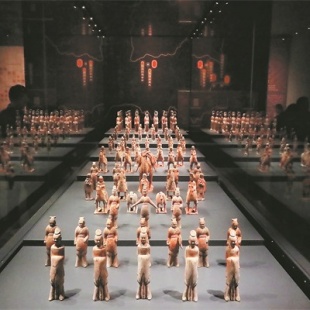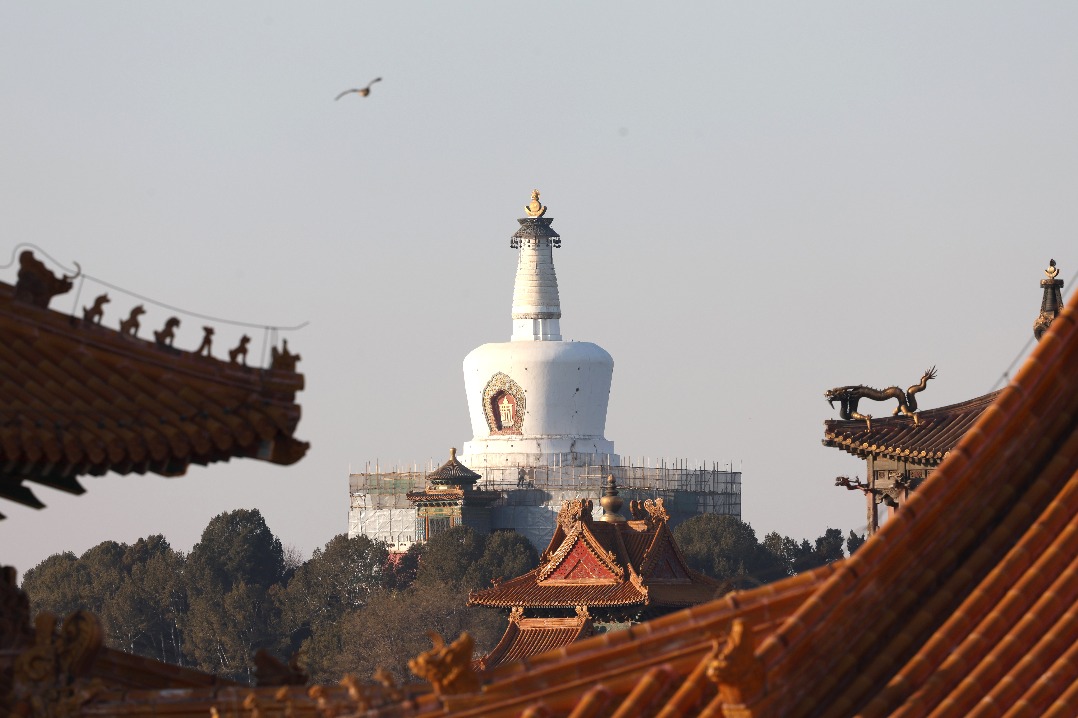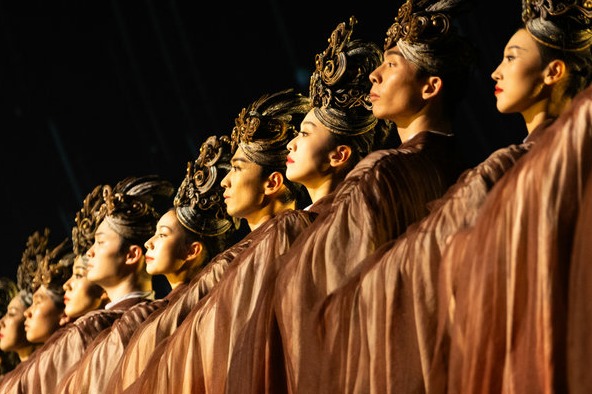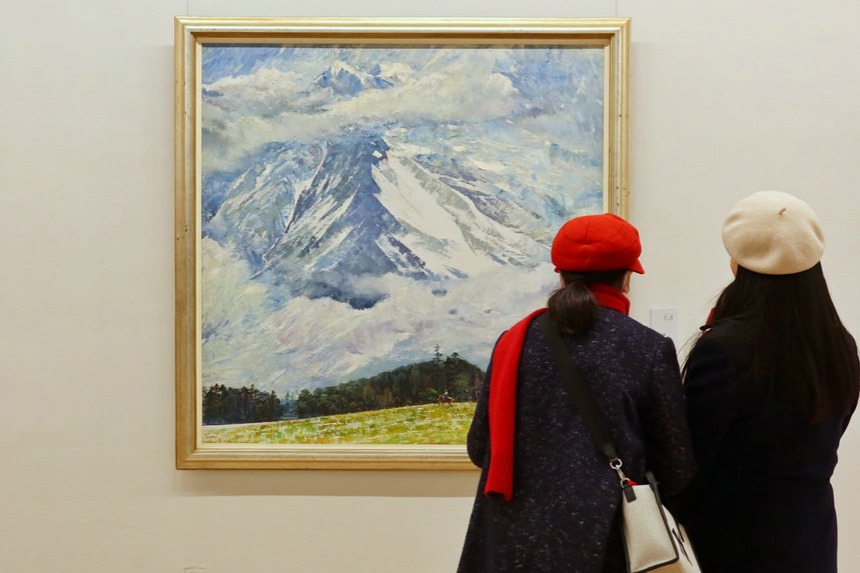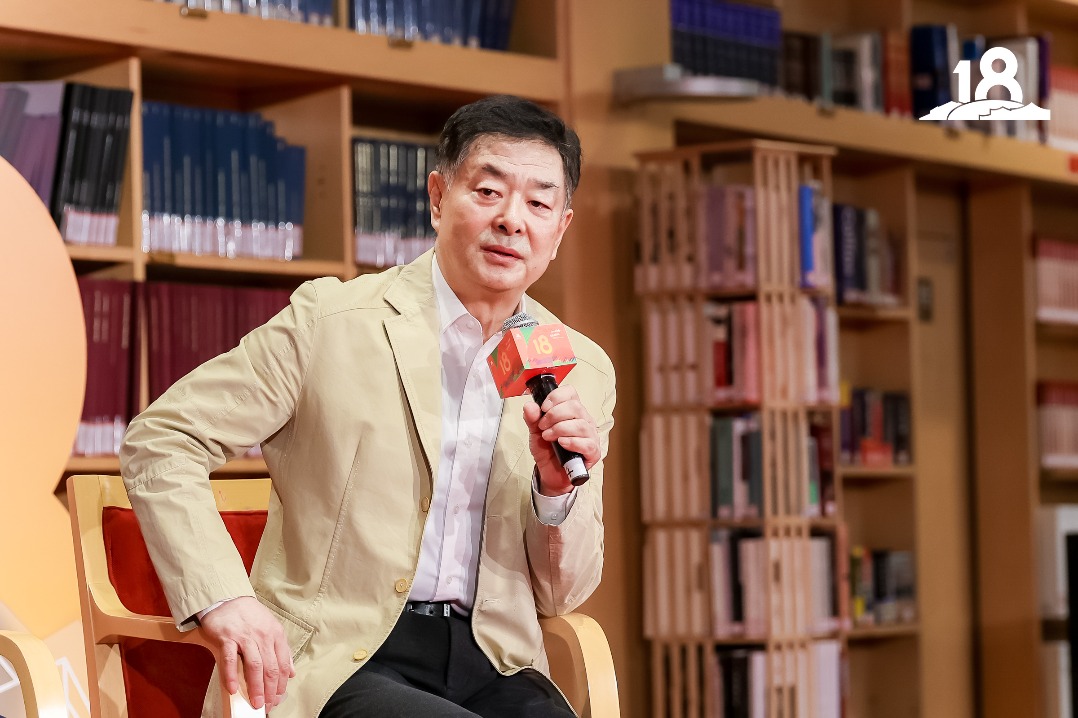A dynastic site to behold
Centuries-long history of the city comes to life through archaeological discoveries and great protective efforts, report Wang Ru in Luoyang, Henan, and Shi Baoyin in Zhengzhou.

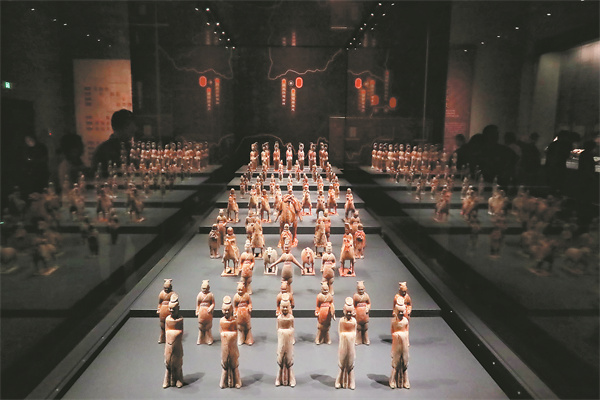
In 2010, the National Cultural Heritage Administration designated the site as a national archaeological site park. Trees and crops were planted in areas within the site to improve the landscape.
"Luoyang has proposed three work phases for the large-scale sites — to protect it, beautify it, and bring it back to life," says Wang. "We have done well in protecting it and beautifying it. Now, with the opening of the new museum, we will bring it back to life."
Wang began working for the protection of the site in 2005. She remembers, in 2007, when she and her colleagues were building protective fences around the site, there were only wheat fields.
"We have gradually unveiled the important relics of the site, so people can learn that, under the wheat fields, there was a prosperous ancient capital where numerous well-known legends were born," says Wang.
Thanks to their efforts, visitors can stand on the site and see what their ancient counterparts saw over a millennium ago.
"The surrounding landscape remains almost unchanged. More importantly, since no construction is taking place in the surrounding area, the urban skyline is also well-preserved. This ensures that the view closely resembles its historical appearance, offering visitors a unique sense of time travel," says Liu, the archaeological researcher.
"Through our efforts, this will continue, so the next generations can enjoy this marvelous and immersive feeling," he adds.


